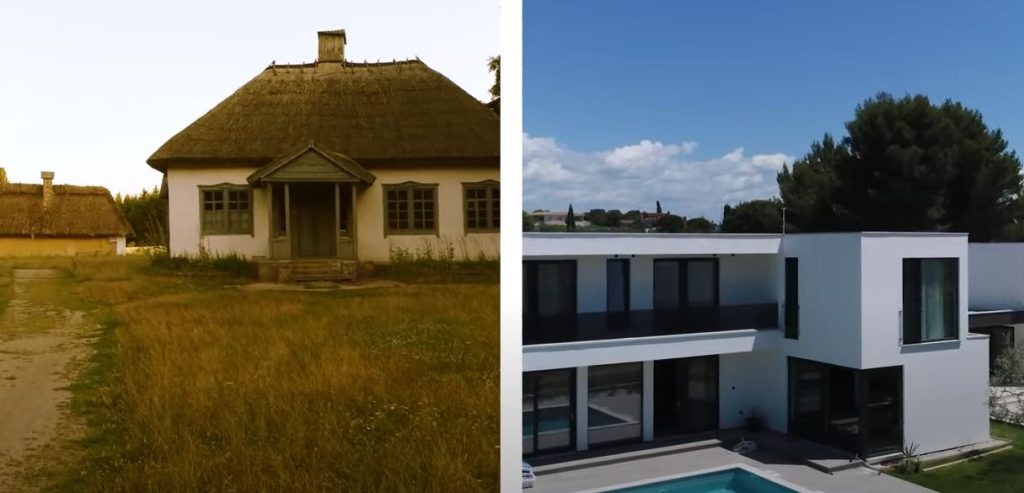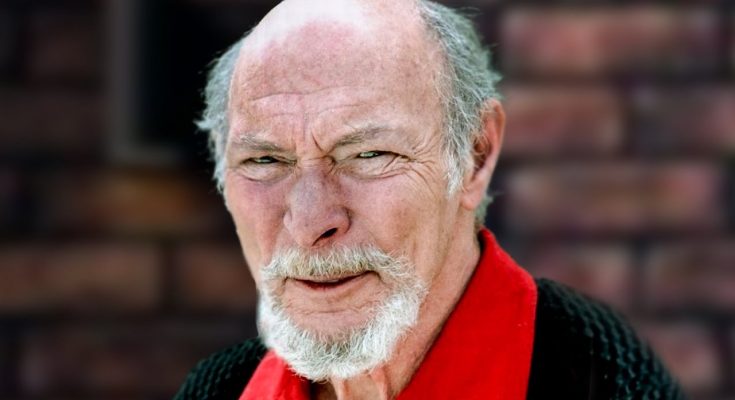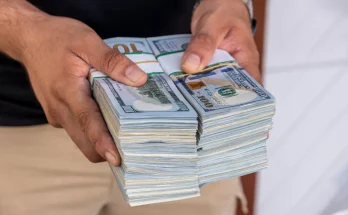In the world of cinema, villains often steal the spotlight with their nefarious deeds and menacing presence. Yet, amidst the shadows they cast, few actors have truly left an indelible mark like Lee Van Cleef.

With his cowboy swagger, piercing gaze, and iconic sneer, Van Cleef epitomized the quintessential villain, carving out a legendary career in the realm of spaghetti westerns.
Born Clarence Leroy Van Cleef Jr. in 1925, this New Jersey native was destined for greatness, though his path to stardom was far from conventional. From his early days as a Boy Scout, where he honed his skills in marksmanship and outdoor pursuits, to his service in the US Navy during World War II, Van Cleef displayed a penchant for adventure and a steely resolve that would define his future roles on the silver screen.

Van Cleef’s journey to Hollywood was as storied as any of his on-screen exploits. After a chance encounter with film director Stanley Kramer, who recognized his talent during a theater performance, Van Cleef embarked on a career that would span over 170 films. His collaborations with Italian director Sergio Leone, in particular, would cement his status as an icon of the spaghetti western genre.
But beyond his on-screen persona, Van Cleef was a man of many talents and complexities. A devoted husband and father, he navigated the highs and lows of personal life with the same resilience he brought to his craft.
Despite setbacks, including a debilitating car accident and struggles with alcoholism, Van Cleef remained dedicated to his art, leaving an enduring legacy that transcends the silver screen.

In his later years, Van Cleef continued to captivate audiences with his magnetic presence, earning accolades and admiration from fans and peers alike. From his memorable roles in classics like “The Good, the Bad, and the Ugly” to his unexpected cameos in modern cinema, Van Cleef’s influence endures, reminding us of the enduring power of a true Hollywood legend.


